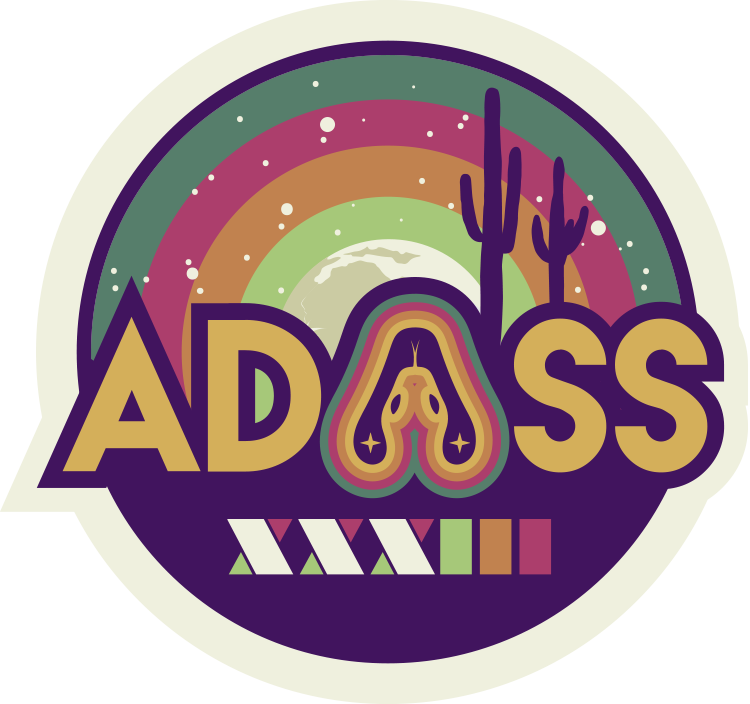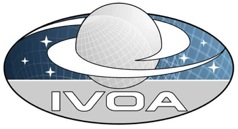Wednesday plenary 2: Contributed talk
When
Where
Theme: Software, tools and standards for Solar System, heliophysics, and planetary research
The ESAC Science Data Center (ESDC) develops and operates the science archives for the ESA missions. Within the ESDC, a different archive provides the scientists with access to the data of every Heliophysics mission: Ulysses, Soho, Cluster/DoubleStar, Proba-2, ISS-Solac, and Solar Orbiter.
The ESDC is taking steps towards the homogenisation of the interoperability mechanisms and the ways to access the data for the different Heliophysics archives. This abstract provides an insight on the enhancements implemented/planned for the ESA Heliophysics archives.
The first step to homogenise the interoperability is the IVOA TAP protocol. Due to the demanding requirements for data download of the Heliophysics missions, the TAP+ extension developed at the ESDC is currently used by the Soho, Proba-2, Solar Orbiter and Cluster/DoubleStar archives. On top of that, the helio-commons library developed at the ESDC allows the download of any set of products via filters on any column as for usual metadata queries. The next step in the Heliophysics archives evolution regarding IVOA is to become EPN-TAP compliant.
The Heliophysics archives data access requirements vary a lot between in-situ and remote sensing data.
For remote sensing, a product listing approach is enough to access and download the products (examples of FITS files for Solar Orbiter, Soho, Proba-2). Additional features are provided by some archives: HEK events overlay on the remote sensing images (Soho archive), or visualisation of simultaneous Carrington rotation movies (Proba-2).
However, for in-situ data (Cluster/Double Star), a concatenation mechanism is used to build on-the-fly products including the metadata and data for the desired custom timeframe. This mechanism has been implemented on top of the TAP+ extension for the Cluster archive. In addition, this approach opens the door for the next step in interoperability evolution: to make the archives compliant with the HAPI standard, with the Cluster archive being the first one at ESA to integrate a test HAPI server which will become operational in the near future.



